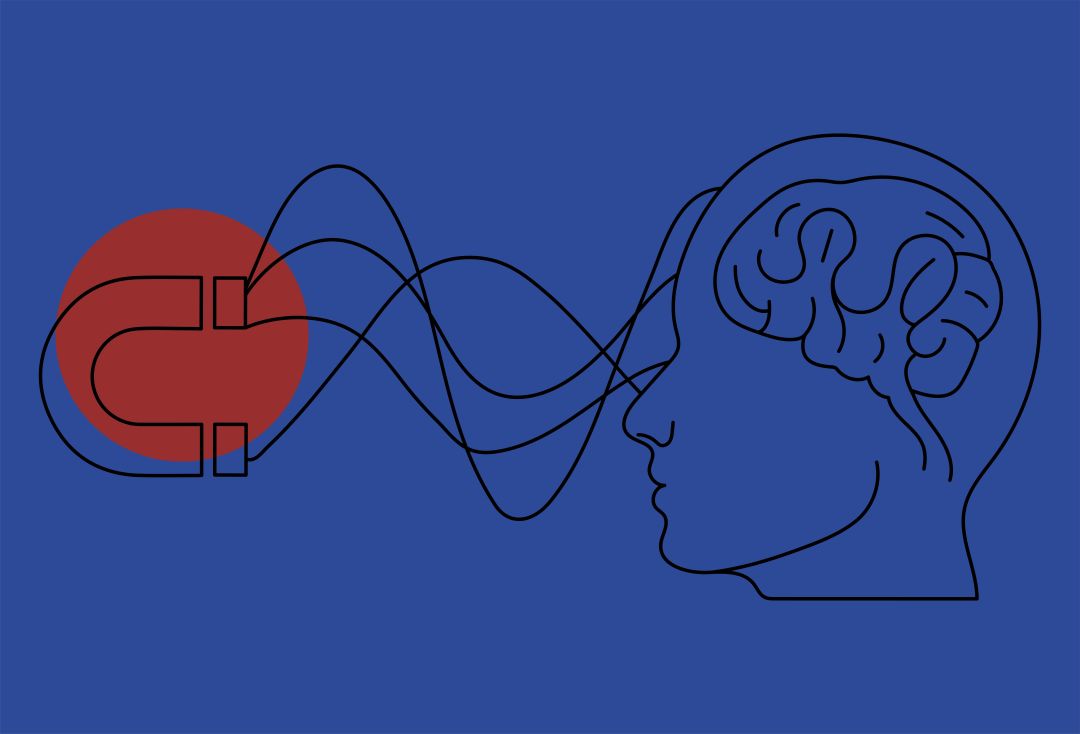How Does Transcranial Magnetic Stimulation Relieve Depression?

Image: Kari Perrin
Transcranial magnetic stimulation, or TMS, may sound intimidating, but it's actually an FDA-approved, noninvasive treatment used to relieve symptoms of depression and obsessive compulsive disorder. Patients who have tried psychotropic medications with no relief are eligible for this treatment, which reactivates parts of the brain that have been affected by depressive episodes.
While the treatment has been around for more than 10 years, mental health facilities are just now making it more widely available. One facility is Greenbrook TMS Neurohealth Centers, which has several locations in the United States, including three in the Sarasota-Manatee area.
Dr. Rebecca Cohen, a board-certified psychiatrist with a private practice, works with Greenbrook to provide TMS to treatment-resistant patients. She explains the treatment and details and how it positively impacts patients.
What is TMS?
"TMS is a brain stimulation treatment. It uses the same technology found as MRIs utilizing a targeted magnetic field that sends pulses to neurons in the parts of the brain affected by depression and obsessive compulsive disorder," Cohen says. "This consistent stimulation over the six-week treatment course leads to improvement in a patients' energy levels, mood, motivation and overall outlook on life."
How does TMS work?
The headpiece worn in the sessions contains a copper coil that is placed on the front left part of the scalp. It sends pulses to the brain tissue located in the left dorsal lateral prefrontal cortex—that is, the region of the brain which is associated with mood regulation and depression.
During an 18-minute session, patients will only feel a slight tapping sensation against their scalps. Patients are conscious during the treatment and can watch TV, listen to music or talk to staff while treated. After treatment, they can carry on with daily life.
How long does a course of treatment last?
Patients are seen five days a week for a course of four to six weeks. Each week, patients are given a survey tracking their symptoms and changes in mood or behavior. Cohen says patients typically see improvement within the first three weeks.
"Physical symptoms are often first to improve, such as energy levels and improved sleep patterns," says Cohen. "Occasionally early in the treatment course, but often within the last three weeks of TMS, you should see dramatic improvement and elevation in mood. I've had patients return to activities they love because they feel motivated and joyful again."
If patients experience another depressive episode after the first TMS treatment, Cohen says they have an 84 percent chance of responding well to the treatment again. You can receive maintenance treatments, as well, which are not yet covered by insurance yet.
What are the side effects of TMS?
Cohen says the most common side effect is scalp irritation at the sight of the copper coil. According to the Mayo Clinic, some patients can experience headache or lightheadedness after a session.
"These side effects tend to be mild compared to the problematic side effects many patients experience while on medications," Cohen explains. "Traditional psychiatric medications work well for many people and help save their lives, BUT they are not always the best option for others."
Is TMS the same as electroshock therapy?
There is a misconception that TMS is the same as electroshock therapy, but they are different, Cohen says. Electroshock therapy involves putting the patient under sedation and inducing mild seizures with electricity. TMS is non-sedative and uses MRI technology and electromagnetic stimulation, not electricity, to send pulses to the brain. This makes it more accessible with fewer side effects.
Is TMS covered by insurance?
TMS is covered by insurance for those diagnosed with treatment-resistant depression or obsessive compulsive disorder. "Most insurers will support this treatment once someone demonstrates a history of two to three failed medication trials, which can also include lack of tolerability," Cohen says.
Are other lifestyle changes needed in addition to TMS treatment?
"I tell every patient not to wait for TMS to fix everything," says Cohen. "I encourage them to also make behavioral efforts to engage their brain in something pleasurable during the treatment course to additionally help them move forward." She recommends cognitive behavioral therapy, lifestyle changes such as creating sleep routines, exercise and proper diet, and avoiding recreational drug and alcohol use in addition to TMS.
"When you are recovering from depression, you need to take care of yourself, surround yourself with people that make you feel good, and engage in hobbies that you enjoy, in order to best assess how treatments are working," she says.



